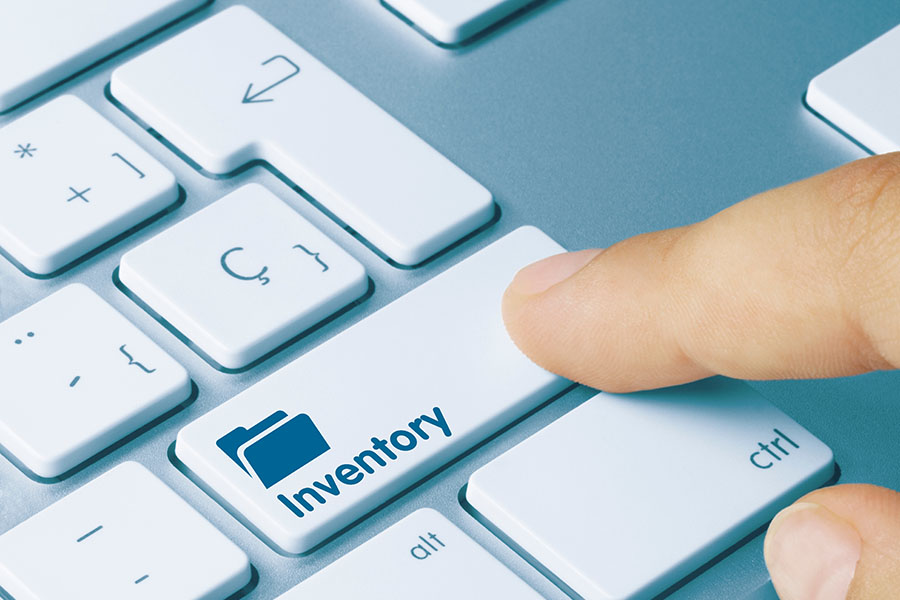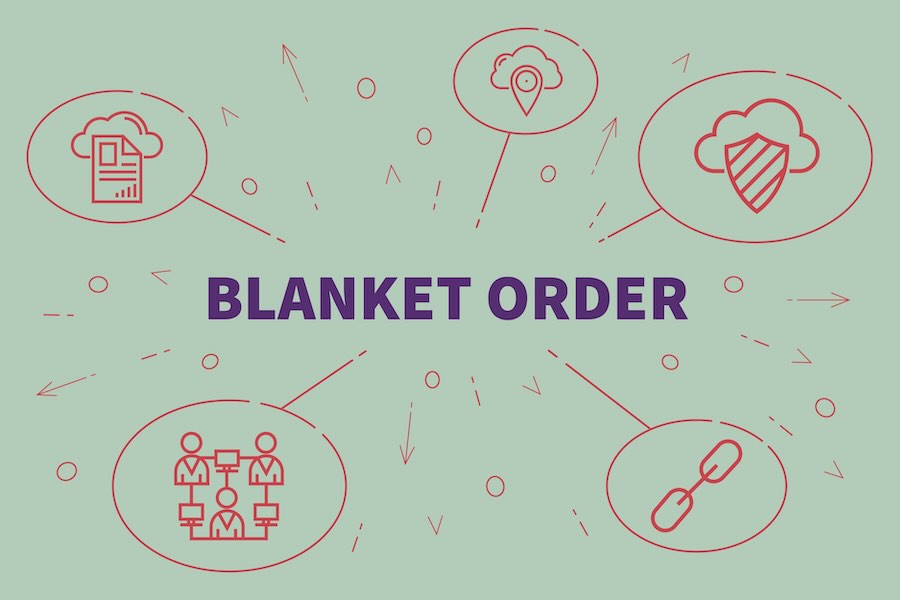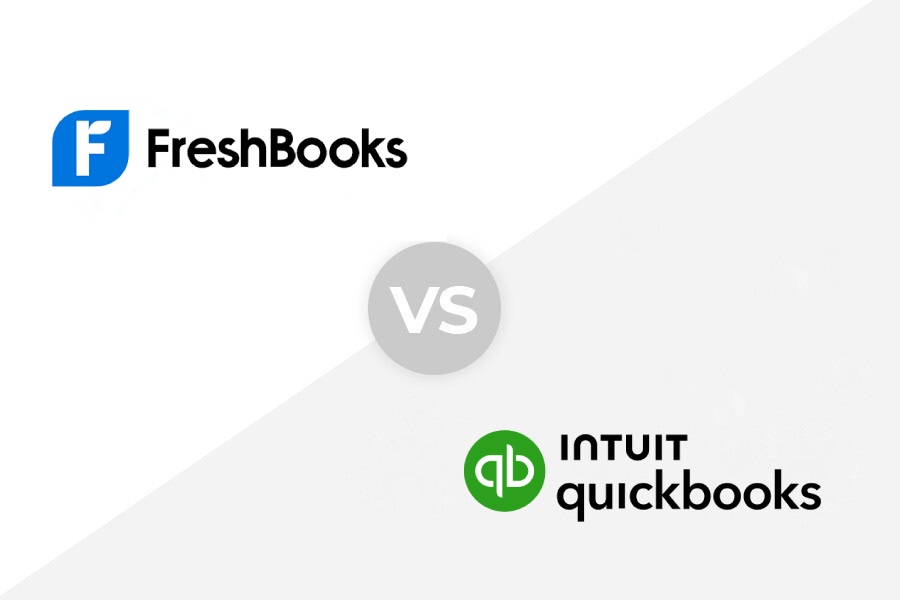House Flipping Taxes: Capital Gains or Ordinary Income?

Purchasing a rundown house, fixing it up, then reselling it has become a very popular side gig for many Americans. For most house flippers, the profit from selling the house will be taxed as ordinary income and is subject to self-employment taxes. However, there are a few ways you can lower your house flipping taxes by qualifying for the lesser capital gains tax and avoiding the self-employment tax.
Capital gains are taxed at rates equal to or less than the ordinary income. Therefore, it’s always better for profit to be taxed as capital gains instead of ordinary income.
The key to saving taxes on flipping houses is to try to classify the house as something other than inventory. Generally, a house can be classified as one of three different property types:
- Inventory: Profit from inventory is taxed as ordinary income and subject to self-employment tax if sold by individuals.
- Passive investments: Gains on the sale of passive investments are taxed as capital gains. Houses are passive investments if they are rented out or held with the hopes they will increase in value.
- Primary residence: Most gains from the sale of a primary residence are excluded from tax but generally require you to live in the house for two out of the prior five years.
When Is a Flipped House Inventory?
Most house flips are taxed as ordinary income because the house is considered to be inventory and the flipper is considered to be a dealer in that inventory. Unless the flipper is taxed as a C corporation (C-corp) or S corporation (S-corp), the sale of inventory will also be subject to self-employment tax.
Inventory is defined as property purchased with the intention of reselling it for a profit—it doesn’t matter whether the property purchased for resale is a $5 widget or a $5 million mansion. So, if you plan to purchase a house, fix it up, and resell it, then the house is inventory.
Pat loves watching HGTV and has decided to flip their first house. Here is a history of the purchase, fix-up, and sale:
- Purchased: Aug. 1, 2024, for $100,000
- Fixed up: Aug. 1, 2024, to Oct. 18, 2024, for $45,000
- Sold: Nov. 15, 2024, for $200,000 net of selling expenses
Let’s assume that Pat has an ordinary income tax rate of 24% and that they purchased the house personally rather than through an S-corp or other entity. Pat has a profit on their flipped house of $55,000 (200,000 – 100,000 – 45,000). The profit is subject to both ordinary income tax and self-employment tax.
This is a worst-case scenario from a tax perspective. Let’s look at how the total tax paid would differ if the house was a passive investment or a personal residence. Then, we’ll explore ways you might attempt to convert the property.
When Is a House a Passive Investment?
When a house is purchased with the intention of holding it for a long period in the hopes that its value will increase, the house is a capital asset for tax purposes—and any gain will be taxed as a capital gain.
While a house can be held as a capital asset, such as vacant, this is pretty rare. This more commonly applies to vacant land, which is a bit outside the scope of our discussion on flipping houses.
Another type of passive investment is a rental house. Houses purchased and owned with the intention of renting them out are called 1231 property. When 1231 property is held for over a year and sold at a profit, it’s taxed as a capital gain. The gain on 1231 property is also not subject to self-employment tax.
Let’s assume the same basic facts as in our example above, except that the house was purchased and fixed up with the intention of holding it as a rental property. The house was held for three years before being sold for $200,000. We’re going to ignore the depreciation expense that Pat would have claimed on the rental property so that we can keep an apples-to-apples comparison of the tax liability.
Based on Pat’s 24% ordinary tax rate in the first example, their capital gains tax rate is 15%.
By holding the house as rental property instead of inventory, Pat saved a whopping $13,365 in tax. The majority of this ($8,415) was due to the profit not being subject to self-employment tax. We’ll talk about other strategies to avoid self-employment tax later in this article.
When Is a House a Primary Residence?
For a house to be your primary residence, you have to live there. If you live there for two out of the five years immediately preceding the sale, then you can exclude the gain of up to $250,000 for a single taxpayer and $500,000 for joint taxpayers—assuming both taxpayers lived in the house.
If you meet the two-out-of-five-years test (a bright-line test), it allows the profit on the sale to be excluded from income. It doesn’t matter what other purposes the house was used for—as long as you lived in it for two out of five years.
There is one other rule to consider: you can only exclude the sale of a primary residence once every two years. So, if you sold your former residence after moving into your primary residence, then you’ll need to wait two years from the date of the prior sale.
Let’s assume the same facts as in our first scenario of Pat flipping a house. However, after realizing the potential 40% tax on the profit, Pat decides to move into the house once the fixing-up is complete. They live in the house for two years and then sell it for $200,000.
The $55,000 gain is completely tax-free. By moving into the house and living there for two years, Pat has saved $21,615 in taxes compared to immediately selling the flipped house. Of course, there may be a heavy personal cost to moving into the house—especially for taxpayers with a family and school-aged children. Also, this isn’t feasible if you’re a frequent flipper because you have to wait two years between sales.
Strategies for Lowering House Flipping Taxes for One-time Flippers
Many learn that house flipping isn’t for everyone after their first attempt—so they’re now holding onto a house that they don’t know what to do with. If they sell it as originally planned, they’ll owe a mountain of tax.
From our previous discussion, it’s pretty obvious what they’d like to do: convert the house from inventory to either a rental or primary residence. Let’s talk about how that can be done.
As we showed above, the profit on the sale of rental property is taxed at the lower capital gains rate and is not subject to self-employment tax. However, you’re going to need to rent the house out for a substantial period before selling it to make this work.
Owning rental property can be a great tax strategy because the increase in the property’s value is not taxed until the property is sold. In addition, you can offset your rental income by a myriad of deductions, including depreciation expense. Learn more through our article on the top rental property tax deductions and benefits.
So, how long do you have to rent out a house before it is no longer inventory? There is no clear-cut answer, but you need to demonstrate a clear intent to hold onto the property and make a profit through rental. Renting out your flipped house while still actively trying to sell it will not be enough to convert the house from inventory to rental.
I suggest taking the house off the market and renting it out for at least a year, but preferably more—to be safe. The one-year holding period will establish your intention of making money on the rental and also allow you to treat any profit on the sale as a long-term capital gain (rental houses held for less than one year are subject to ordinary income tax rates on the sale).
However, this is only a viable strategy for the one-time flipper. If you flip houses frequently, rent them out for a year or so, and then sell them, then you’ll very likely be classified by the IRS as a real estate dealer and the houses will be treated as inventory.
Accounting Expert at FitSmallBusiness
This is the most clear-cut way for a one-time house flipper to avoid tax on the sale of the flipped house. The rules are very simple: move into the house and use it as your primary residence for two years and you can exclude up to $250,000 of gain ($500,000 for married taxpayers who also live in the house).
You can only exclude one gain every two years, so be sure to wait two years from the date your prior residence was sold before selling your new residence (the flipped home).
This might work very well for a single person living in an apartment. But, of course, if you’re married with school-aged children, moving homes might be a very big ordeal. You’ll need to determine if the tax savings is worth it.
Don’t play games here. Occasionally sleeping in the house or having your mail delivered there is not enough to claim it as your primary residence. The IRS has the authority to look at all the facts and circumstances to determine if the house is your primary residence. If you keep your prior residence while living in your flipped home, you’ll have a lot of work to do to prove you moved your primary residence.
Self-employment tax is due on income for an activity carried on as a trade or business—but not on an activity carried on as a hobby. Even if the house remains classified as inventory, you might save the 15.3% self-employment tax by invoking the hobby rules, though it isn’t easy to do.
The IRS typically uses the hobby rules to disallow losses from hobby activities. However, these same rules can be used by taxpayers to avoid self-employment tax when an activity has a profit. You can read our guide on IRS hobby rules to learn more, but notice that our article is written from the perspective of trying to avoid hobby status, whereas house flippers are trying to invoke hobby status.
A quick caveat: I think it will be hard to establish that a profitable house flip was done as a hobby. However, let’s talk about the rules, and you can decide for yourself if you want to pursue this avenue.
Let’s start by assuming that your house flip qualifies as a trade or business. However, you might be able to claim the activity is a hobby if
- The gain from the house flip was unnecessary for your financial support or livelihood
- Making a profit on the flip was not a primary consideration
- You spent a minimal amount of time and effort on the activity
- You had no business plan or projection that showed the activity will be profitable
- You had no prior history of making a profitable house flip
- You enjoy the work involved with flipping a house
You don’t need to answer “yes” to all the above questions to qualify as a hobby, but not being motivated by making a profit is a very important determining factor. You might consider claiming your activity is a hobby if you truly enjoy the work and are unsure if you’d even make a profit.
Perhaps you love the work and decided to flip the house to help restore a rundown neighborhood. If restoring the neighborhood was your primary motivation—and you happened to make a profit—then you might have an argument that you are engaged in a hobby, not a trade or business.
Hobbies cannot deduct operating costs like accounting fees, but the cost of the flipped house, including the cost of remodeling—can still be used to offset the sales price.
Strategies for Lowering Taxes on Flipping Houses for Frequent Flippers
If you flip houses frequently, then the houses are undoubtedly inventory—and there is nothing you can do to avoid profit being taxed as ordinary income. However, there are several tax-saving strategies to reduce your taxes.
This is likely the single biggest thing you can do to minimize your taxes on flipped houses, specifically to minimize self-employment taxes. House flipping income earned by an S-corp (or an LLC treated as an S-corp) can be distributed to the owner in two ways:
- The owners must pay themselves a fair wage or salary for the work they perform to flip and sell the house. These earnings will be reported on Form W-2 and employment taxes must be paid the same as for any employee. The employment taxes paid by the S-corp and the employee lead to a total of 15.3% (the equivalent of the self-employment tax paid by individuals), so there are no tax savings here.
- Any remaining income in the S-corp must be reported by the owner and is subject to ordinary income tax rates. However, this S-corp income is NOT subject to self-employment tax, which is what generates the tax savings under this plan.
The key to this tax plan is to pay as low a wage as possible while still satisfying the IRS requirement that the wages be fair and reasonable for the work performed. Our guide on the reasonable salary for S-corp shareholders provides more insight.
This is a good tip for any small business. By paying your children a reasonable wage for helping with the house flip (perhaps keeping the job site clean or other age-appropriate duties), you can claim a deduction for your business while your child doesn’t pay income tax on their first $13,850 of wages.
Unfortunately, S-corps will have to assess FICA taxes on the child’s wages of 7.65% paid by the child and 7.65% paid by the S-corp. This combined 15.3% will eat into your tax savings—but if your marginal tax rate is higher than 15.3%, then you’ll still save some taxes.
If you haven’t taken our first tip of converting to an S-corp, Schedule C businesses and partnerships can pay the owner’s minor children’s wages without paying FICA.
Let’s assume Pat has converted their flipping business to an S-corp and still has a marginal tax rate of 24%. If they pay Pat Jr. $10,000 in wages, Pat saves $2,500 ($10,000 × 25%) of income tax. However, the S-corp and Pat Jr. must pay combined FICA taxes of $1,530 ($10,000 × 15.3%). So, Pat’s net tax savings is $970. If Pat were flipping houses as an individual rather than an S-corp, then paying Pat Jr. would save $2,500 in taxes with no offsetting FICA tax liability.
Generally, selling a flipped house comes with an influx of cash. One way to avoid paying tax on that cash is to offset the income with a deductible retirement contribution.
While there are several types of retirement plans to choose from, an easy-to-administer plan is a Savings Incentive Match PLan for Employees individual retirement account (SIMPLE IRA Savings Incentive Match PLan for Employees ). For 2023, you can contribute and deduct up to $15,500 to a SIMPLE IRA. Both sole proprietors and S-corps can participate in SIMPLE IRAs.
One potential problem is that if you have employees who earn over $5,000 per year, then you’ll need to give them the option of participating in the SIMPLE plan. You’ll need to match the first 3% of the wages they place into the plan if they elect to participate. Head over to the IRS’s SIMPLE IRAs page to learn more.
Frequently Asked Questions (FAQs)
Yes—if you purchase real estate intending to resell it in the short term, then you are a real estate dealer and any profit from the flip is ordinary income.
The way you pay yourself depends on how your house-flipping business is organized. If you purchased the house as an individual, you simply keep whatever money is left over after the sale. Read our article How Do I Pay Myself From My Business if you bought the house through an LLC or S-corp.
Section 1031 allows you to exchange one piece of real property for another piece of real property without recognizing a gain. However, flipped houses are considered inventory and are specifically excluded from section 1031 treatment.
The most surefire way to avoid paying tax on flipping a house is to move into the house and use it as your primary residence for at least two years. You can then exclude up to $250,000 ($500,000 for joint taxpayers) of the gain on the primary residence when you sell it.
Bottom Line
Generally, the profit from house flipping is taxed as ordinary income and is subject to self-employment tax if the house flip is done by an individual. Frequent house flippers can reduce their self-employment tax liability by purchasing the houses through an LLC or S-corp. One-time flippers looking for a way to dispose of their flipped home without paying a lot of tax should consider converting the flipped home to a long-term rental property or making the flipped home their primary residence for at least two years.





